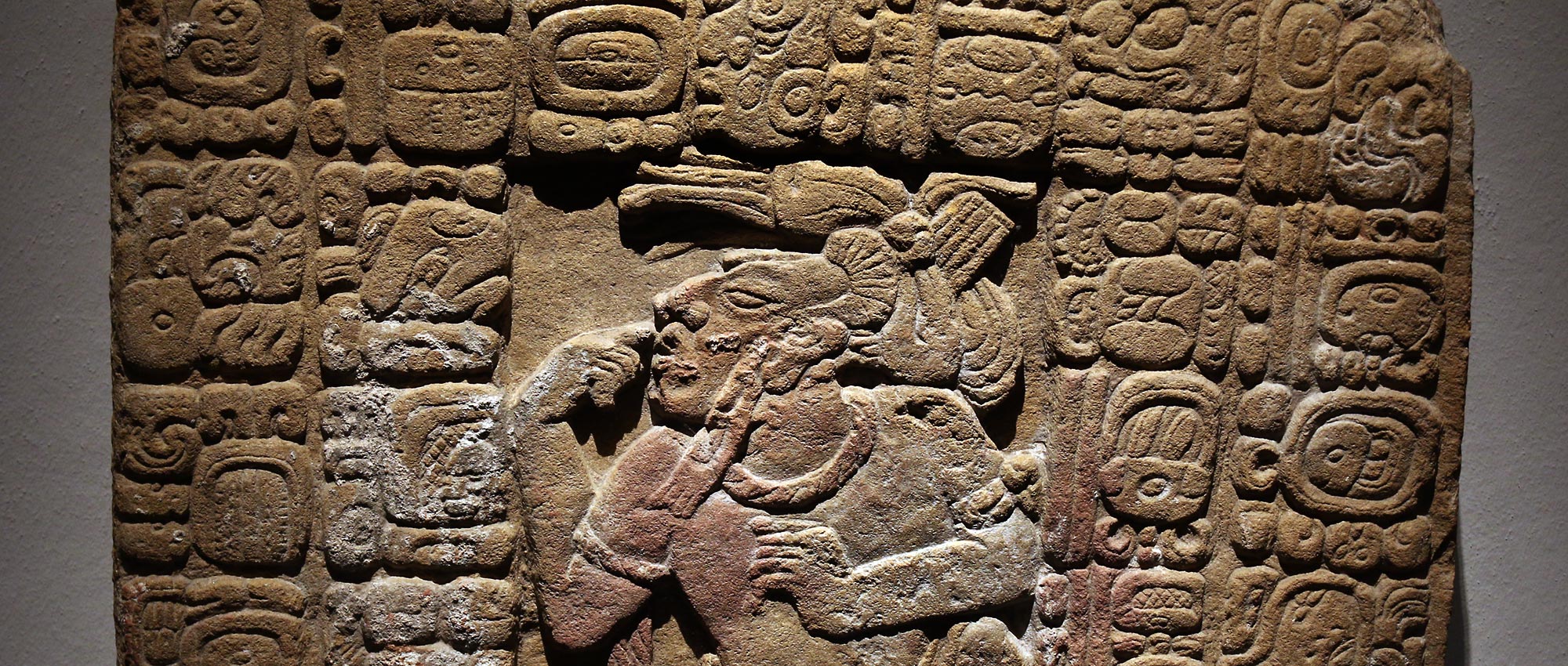What do you know about endangered languages?
Language is one of the most essential aspects of human life, allowing people to communicate with others and express their emotions, beliefs, values, and how they see the world as well as allowing people to teach others subjects that would not be possible to communicate without a sophisticated language system. Language is so important that it is practically part of culture, since it is the primary mode through which culture is transmitted.
With 6000-7000 languages currently existing throughout the world, it seems that it would take a considerable effort to reduce that number, considering the great importance and reliance that humans have on language. However, hundreds of languages around the world are actually disappearing at an alarming rate. Some endangered languages only have a few speakers left and are typically very old, and once these few people die, their language along with their beliefs, outlooks on the world, how they expressed themselves through their unique language, and their culture. In addition to this, most of the endangered languages have no writing system, leaving their language to exist purely by word-of-mouth, so once one of these languages go extinct, there is little hope to regain any part of such languages and the knowledge and beliefs they once held.

Losing human languages is a terribly important occurrence that must not continue, especially not at such a rapid rate. The more languages that are lost, the more homogenized the human race becomes in terms of linguistic, anthropological, and cultural diversity, which is a horrible thing to happen since humans have always been characterized by their amazing diversity, not by their sameness.
There are several reasons to why a language might become endangered. One of the primary reasons is that the types of languages that typically become endangered are spoken by people in small, rural villages and usually had no need to speak another language because they were able to provide well enough for themselves until surrounding languages started to become extremely dominant and basically a necessity to understand in order to provide for oneself.
Endangered Languages
For instance, in the country of Mexico, many small indigenous languages are being pushed into extinction by the dominant Spanish language. This is because children born into families that speak indigenous languages don’t have much of a choice but to learn Spanish in order to work and live in the country and provide for their families when they grow up. This process leads to the loss of language, leaving such languages left in use only by the elderly. Thankfully however, efforts have been made to safe quickly disappearing languages through documentation and revitalization.

Through this post, I’ll explore how linguistic anthropologists are attempting to save the many languages, and in turn cultures, in the country of Mexico. There is a total of 143 native languages in Mexico, but 60 of these are at risk of becoming extinct, with 21 of these 60 being critically endangered and spoken only by a few people, mostly consisting of the elderly (Dell’Amore 2014).
The languages in Mexico that are currently most at risk are the Zapotec, Seri, and Chatino languages, which are decreasing incredibly rapidly due to many social and economic factors that force these people to adopt the Spanish language. Once children from these indigenous language-speaking groups go to school, they are taught Spanish and immediately the native languages of these children begin to be lost. However, following advancements in technology which make language documentation, preservation, and revitalization efforts easier, linguistic anthropologists have been making serious efforts in trying to save these endangered Mexican languages along with the unique cultures, wisdom, and worldviews intertwined with them.
One example of this is that a talking dictionary has been built for the Zapotec speakers in order to give these speakers a wider range of access for their use of language, which hopefully one day will allow them to use computers and telephones in the Zapotec language (Dell’Amore 2014).
The Details
Even though the Zapotec are quite rural, they understandably are glad to accept new and innovative technology into their lives in order to work against the extinction of their native language. If this expansion of linguistic freedom for the Zapotec and other speakers of endangered languages continues, there might be less of a need to assimilate into Spanish language and culture, allowing indigenous language speakers to hold onto and secure their own languages, cultures, and way of life.

Another example of the efforts linguistic anthropologists are making to save endangered languages in Mexico is the attempt to add many more languages to technologies such as smartphones so speakers of endangered languages would be able to search for information and learn about what’s happening in the world just as easily as a Spanish or English speaker could, all without having to abandon their native tongue. This would be a remarkable step up from the talking dictionary and would provide indigenous speakers with a great array of knowledge at their fingertips, and hopefully would we a big step towards preserving their unique native languages.
One final example of language preservation efforts in Mexico still has yet to become a reality and concerns that schools should be bilingual and provide bilingual materials (Dell’Amore 2014). Children from indigenous language-speaking households would be able to continue learning their native language alongside a more dominant language, notably Spanish, so they would have a much greater range of communication without having to sacrifice one language in order to acquire the other. These efforts together undoubtedly would provide great help for endangered languages and hopefully will not only keep their existence stable, but also allow them to continue to grow rather than shrink.
Works Cited
Dell’Amore, Christine. (2014). “60 Languages at Risk of Extinction in Mexico—Can they be kept Alive?” National Geographic. Retrieved June 12, 2018, from https://news.nationalgeographic.com/news/2014/04/140410-mexico-languages-speaking-cultures-world-zapotec/.

Very interesting article. It is very sad that we are losing so many languages. I hope that Mexico does something to keep the indigenous language. Keep written Willow, you do a great job
Maria Elena
LikeLiked by 2 people